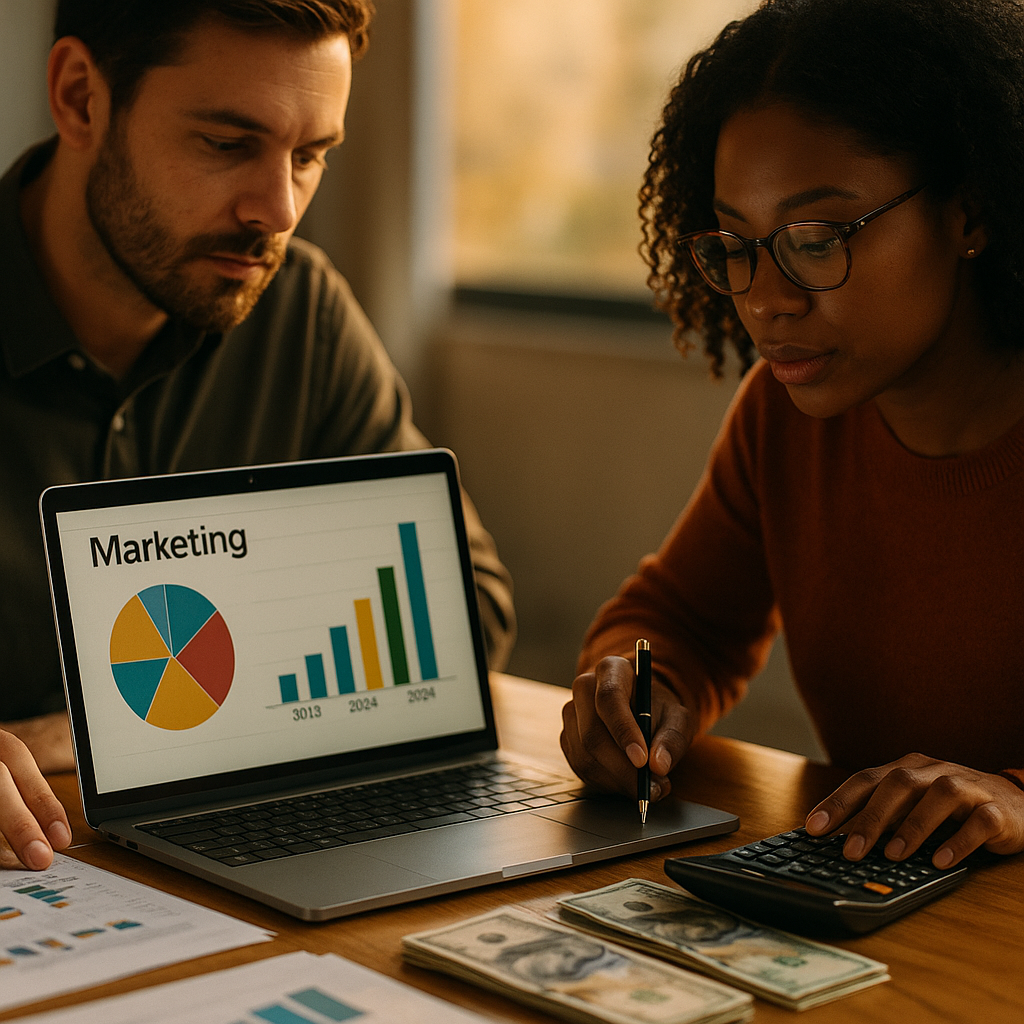Understanding how to calculate the opportunity cost of choosing one influencer over another is critical for brands determined to maximize ROI from their marketing budgets. As influencer marketing grows more data-driven in 2025, marketers must weigh every decision carefully. Failing to consider what’s left behind can translate to missed revenue and impact. Learn how to make smarter choices below.
What Is Opportunity Cost in Influencer Marketing?
Opportunity cost refers to the potential gains lost by not choosing the next best alternative. In influencer marketing, it means evaluating the value you forgo by hiring one influencer instead of another with similar reach or engagement potential.
For example, if you choose Influencer A—who delivers moderate engagement—but pass over Influencer B—who might’ve delivered higher conversions—the difference in projected results represents your opportunity cost. In 2025, with marketing budgets tightening and metrics improving, overlooking this calculation can be costly for brands.
Key Metrics for Evaluating Influencer Value
To determine the true opportunity cost, brands need to accurately compare influencer potential using reliable performance metrics. Some critical components include:
- Engagement Rate: Measures how actively audiences interact with influencer content (likes, comments, shares, saves).
- Conversion Rate: Tracks how often influencer posts lead audiences to take desired actions—sign-ups, purchases, downloads.
- Audience Quality: Assesses follower authenticity, demographics, and brand alignment to predict campaign suitability.
- Content Resonance: Evaluates how often influencer content goes viral, is shared, or sparks conversations.
- Cost per Engagement/Acquisition: Provides clear financial benchmarks for results achieved versus money spent.
Using these metrics, marketers can compare not just the cost, but also the value delivered per influencer.
Building an Effective Opportunity Cost Formula
For a data-driven comparison in 2025, utilize this simplified formula to calculate opportunity cost:
- Estimate total projected value from each influencer choice (e.g., expected conversions, sales).
- Subtract the value of your selected influencer from the next-best alternative.
- Factor in all variable costs, like influencer fees, production expenses, and audience overlap.
Example:
- Influencer A: Projected ROI = $40,000, cost = $10,000, net value = $30,000
- Influencer B: Projected ROI = $50,000, cost = $15,000, net value = $35,000
- Opportunity cost of choosing A over B = $35,000 – $30,000 = $5,000
This calculation helps brands move beyond surface-level metrics and understand real campaign trade-offs.
Factoring in Long-Term Influencer Partnerships
Opportunity cost in influencer selection goes beyond single campaigns. Long-term partnerships may offer compounding benefits, such as:
- Audience Trust: Ongoing endorsements can deepen audience loyalty and brand credibility.
- Better Rates: Extended contracts can lower average campaign costs and boost cost-efficiency.
- Creative Flexibility: Repeated collaborations often foster more authentic, innovative content.
When calculating opportunity cost, consider the potential value of recurring campaigns or exclusive partnerships versus one-off arrangements. Sometimes higher upfront costs deliver greater returns over multiple touchpoints.
Tools and Technology for Opportunity Cost Analysis
In 2025, brands rely on advanced analytics and AI-driven platforms to compare influencer options. These tools enable faster, more accurate opportunity cost calculations by:
- Aggregating and standardizing cross-platform influencer performance data
- Modeling projected sales, engagements, and conversions for each influencer
- Factoring social listening insights and audience sentiment analysis
- Highlighting content overlap or saturation in target audiences
Platforms like Aspire, Tagger, or Upfluence now offer built-in opportunity cost calculators, helping marketers visualize not just “who costs less,” but “who delivers more for every dollar spent.”
Mistakes to Avoid When Comparing Influencers
Many brands risk poor decisions by focusing solely on vanity metrics or cost-per-post. To avoid common pitfalls:
- Don’t rely only on follower counts. Prioritize engagement, conversions, and quality of influence.
- Don’t ignore audience overlap. Repetitive messaging to the same followers can dilute campaign impact.
- Don’t overlook brand fit. Even a high-performing influencer can drive poor results if their audience doesn’t match your customer profile.
- Don’t undervalue authentic content. Highly-polished posts may not drive as much action as genuine, relatable storytelling.
Applying a rigorous, nuanced approach ensures your opportunity cost conclusions are accurate and actionable.
FAQs: Calculating Influencer Opportunity Cost
-
How do you estimate an influencer’s future campaign value?
Analyze their past performance on similar brand campaigns, engagement rates, audience growth trends, and alignment with your target market. Use benchmarks from your own prior campaigns as well as platform analytics to predict realistic future results.
-
What if two influencers have similar metrics?
Assess secondary factors like creative style, partnership flexibility, exclusivity terms, and audience niche. Even subtle differences in alignment or content resonance can significantly influence final campaign outcomes.
-
Why is opportunity cost so important in 2025?
With tighter budgets and more competition, efficiently allocating every marketing dollar is critical. Opportunity cost helps brands avoid missing out on higher returns or untapped markets by quantifying the business impact of influencer selection.
-
Can opportunity cost be applied to group collaborations?
Yes. Sum the collective projected ROI of group collaborations and compare it to individual partnerships or alternative groupings. Always adjust for overlapping audience segments to avoid double-counting potential value.
Calculating opportunity cost when choosing between influencers enables marketers to maximize both ROI and campaign impact in 2025. By leveraging the right metrics, technologies, and decision frameworks, brands can make confident, data-driven investments that drive measurable results.
